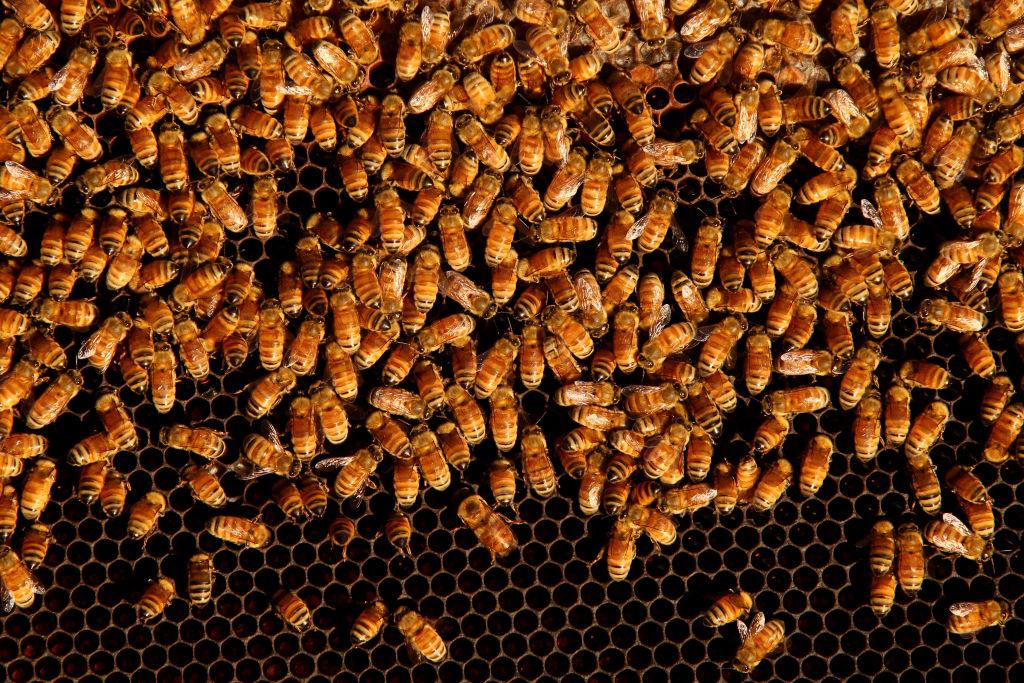A shortage of bee hives due to varroa mite restrictions is threatening to cause millions of dollars of losses to almond farmers in Australia.
According to Almond Board of Australia chief executive Tim Jackson, farmers could be hit with significant losses as a ban on New South Wales (NSW) hives being moved into Victoria coincided with the start of the almond pollination season.





